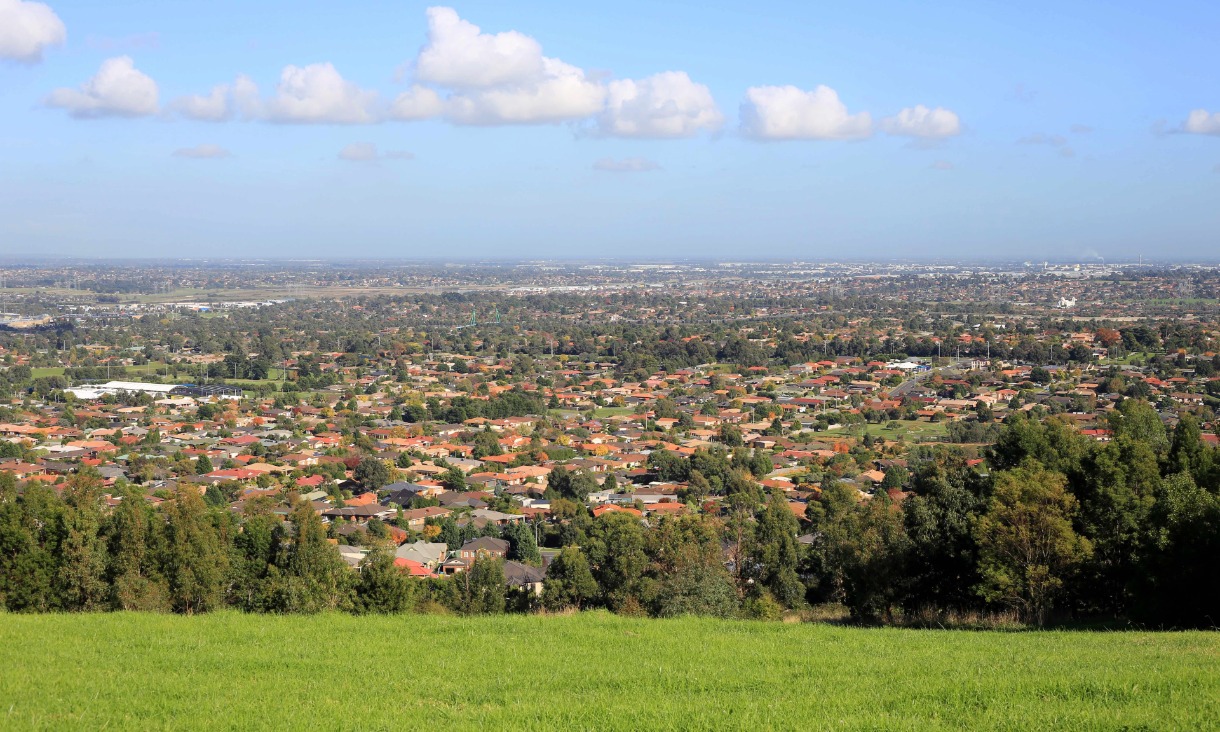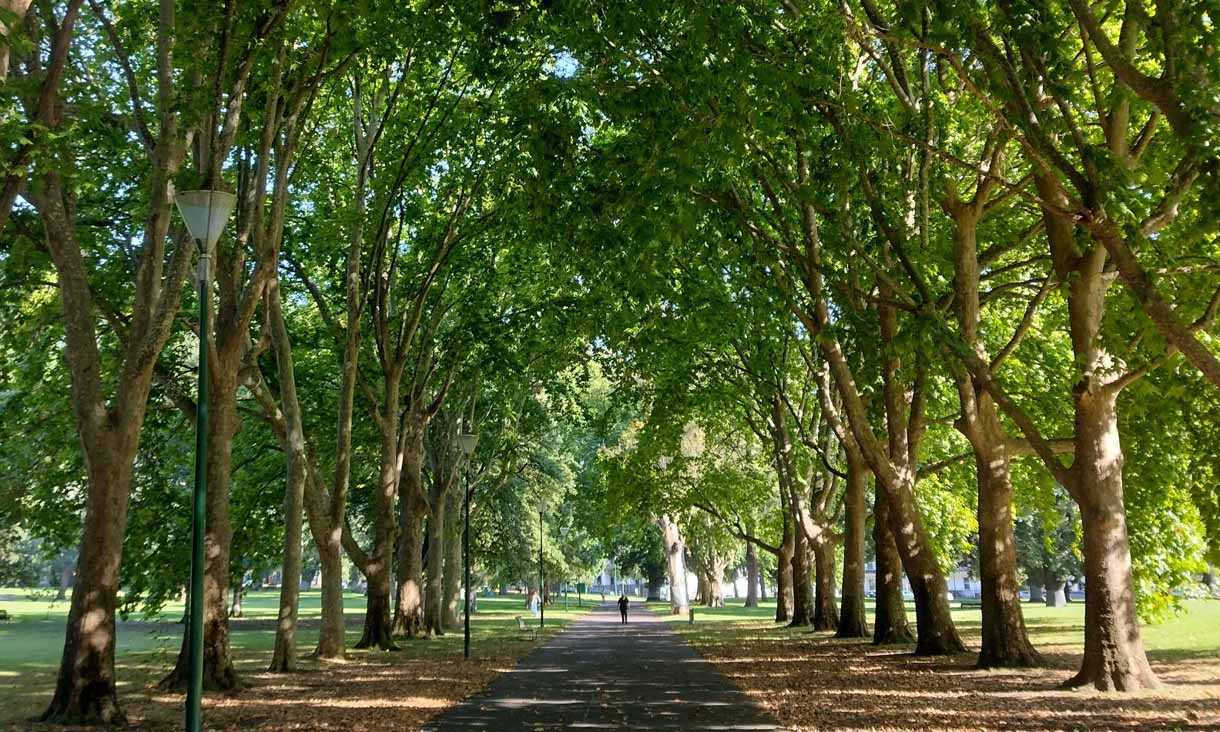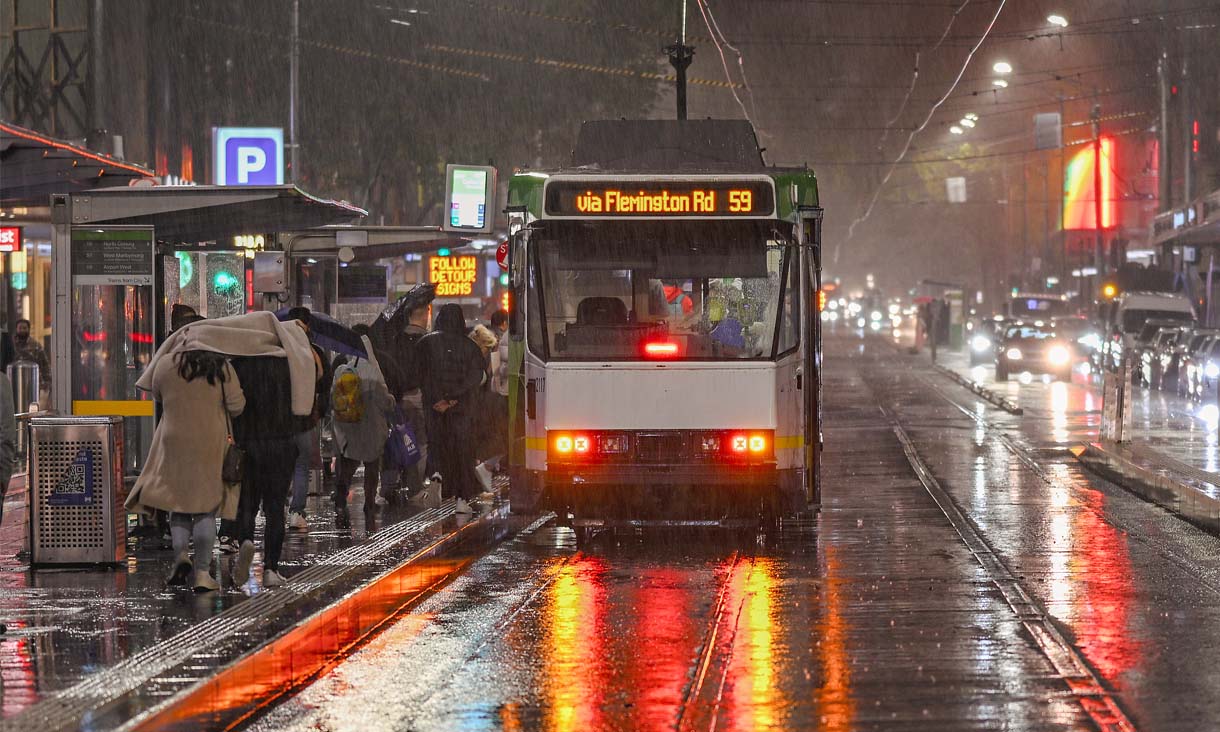Australian peri-urban areas produce a quarter of the country’s agricultural production, with Melbourne’s green belt serving as Victoria’s second most productive region, says Associate Professor Andrew Butt.
“Currently, Melbourne’s broader urban fringe provides nearly half of all vegetables, 67% of eggs, most of the city’s chicken, herbs and berry fruit, and 12% of dairy,” he says.
“But urban sprawl and rural subdivision could halve Melbourne’s peri-urban food production capacity from meeting 41% of current food needs to just 18% by 2050.
“All Australian cities depend on these peri-urban areas for intensive agricultural products.”
“Building over productive land removes it permanently from production.”
In addition to their critical role in maintaining local food security, peri-urban areas contain half of Australian cities’ biodiversity, most urban water sources and many high value landscapes.
“However, these areas are also facing increasing threats from bushfires,” says Butt.
“Melbourne’s urban fringe is one of the world’s most bushfire prone areas and the location for repeated catastrophic fires.
“Yet thousands of new dwellings continue to be permitted there.
“Climate change is dramatically increasing the risk to many thousands of people in these areas.
“The Victorian Hamer government of the 1980s and the Bracks government in 2001 attempted to place a boundary around urban growth, but peri-urban land in Victoria is now under unprecedented threat from development because the limited regulation of planning controls have led to boosted land price and expectations of continued development.
“Governments must learn from the current crisis to retain, protect and recognise these vital areas as a buffer against increasing volatility in national and global food supply and sudden shocks to supply systems.”
The Future of the Fringe: The Crisis in Peri-Urban Planning is now available via CSIRO Publishing.
Michael Buxton is an Emeritus Professor at RMIT and former head of RMIT Planning and Environment. Andrew Butt is Associate Dean in the Sustainability and Urban Planning program at RMIT.
Story: Chanel Koeleman





